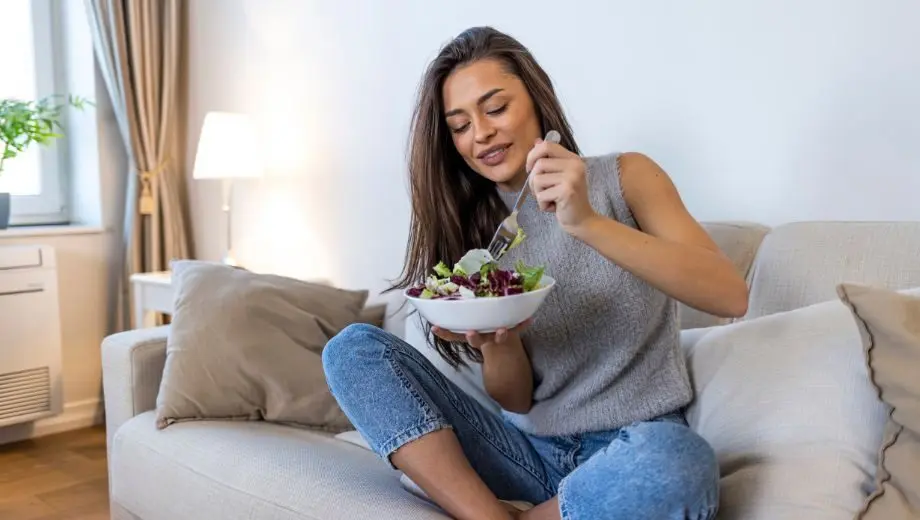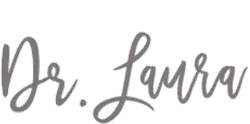
Are you ready to take charge of your health?I help women achieve vibrant health through all phases of life with a personalized, holistic approach.
SIGN UP FOR MY NEWSLETTER AND GET YOUR FREE GIFT:
A SMART WOMAN'S GUIDE TO HORMONE BALANCE

SIGN UP FOR MY NEWSLETTER AND GET YOUR FREE GIFT:
A SMART WOMAN'S GUIDE TO HORMONE BALANCE

In my functional medicine practice, I see firsthand how the right foods can profoundly impact the body’s natural detox processes. Liver detoxification is one area where nutrition truly shines, and I’m here to help you understand how certain foods support the liver’s essential detox pathways.
The liver is your body’s primary detoxifier, working hard to remove toxins and waste products. It does this through two critical phases of detoxification:
For optimal detoxification, both phases need to work in harmony. However, Phase 1 can be overactive, triggered by daily exposures like food, drink, medications, and environmental toxins. In contrast, Phase 2 requires substantial energy and specific nutrients to function efficiently, drawing on six metabolic pathways. Without adequate nutrients, gut health, and genetic support (such as MTHFR), Phase 2 may fall behind, leaving reactive compounds circulating in the body.
To support a robust detox system, a balanced liver detoxification program focuses on Phase 2’s energy and nutrient needs. (I go into the liver detox pathways more in-depth in my post A Functional Medicine Guide to Detox Phases 1, 2, and 3.)
Each of the six Phase 2 pathways has unique nutritional needs:
No need for a deep dive into biochemistry—these nutrients can be obtained through foods tailored to support each pathway.
To make liver detoxification manageable, focus on incorporating these seven groups of foods into your diet:
Remember, a holistic approach to liver health goes beyond food. Regular exercise, stress management, and adequate hydration are also essential. For personalized guidance on liver health and overall well-being, I recommend consulting a healthcare provider or contacting me to explore a tailored detox program.
In my practice, we offer personalized liver detox programs designed to meet your specific needs. Whether you want guidance on incorporating liver-supportive foods or prefer to follow a structured program, I’m here to help. For those interested in a seasonal reset, join us for our annual January 1-2-3 Functional Detox Program—a holistic approach to safe, effective detoxification.

Dr. Laura Paris is a women’s health specialist who provides Acupuncture and Functional Medicine care at her two clinics in Capitola and Monterey, California. She also works with women remotely in the United States through telehealth appointments. Learn more about Laura here, and message her directly here.
Click the button to talk to Dr Laura on a 20-minute discovery phone call ($67)